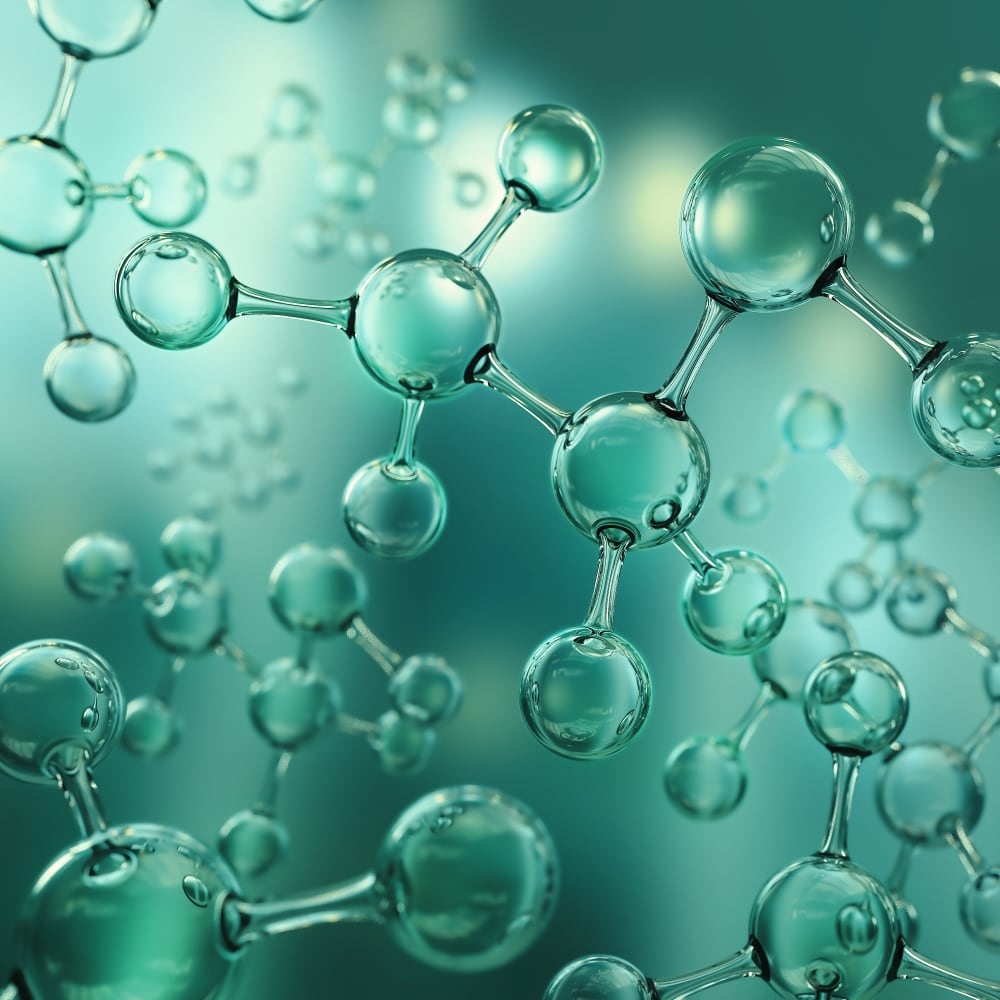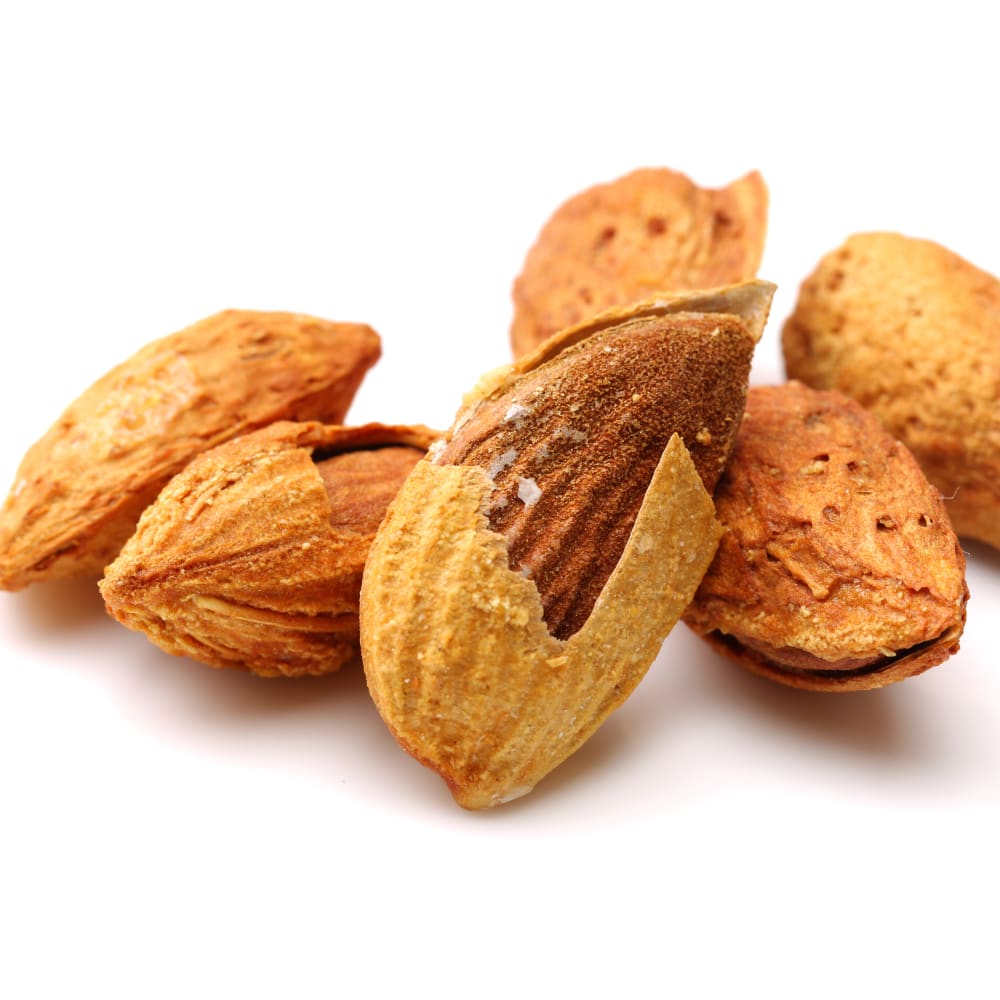Vicinal Diketones in Beer
Dist Line: Determination of vicinal diketones (VDK) in beer

Diacetyl (2,3-butanedione) and 2,3-pentanedione are vicinal diketones (VDK) which are formed during beer fermentation. VDK can have a significant effect on beer flavor, presence above their flavour threshold (approx. 0.1 mg/L for diacetyl and 1.0 mg/L for 2,3-pentanedione) can lead to butter/butterscotch like flavors that are undesired in most beer styles. The concentration of VDK depends on numerous process conditions, such as wort compostion, fermentation regime, yeast strain, but can also be caused by microbial contamination. The control of VDK levels during fermentation is an important aspect of quality control in a brewery. VDK can be determined by a variety of analytical methods. The usage of colorimetric assays, e.g., through complex formation with o-phenylenediamine and gas chromatography (GC) are most commom and recommended by the European Brewery Convention (EBC).
Register for download
Related Instruments
Similar Applications
Alcohol Content in Spirits
An accurate and reliable method for the determination of the alcohol content in different spirit samples with varied alcohol concentrations is introduced in this Application Note No. 837/2024. The Application Note presents results for the steam distillation setup of EasyDist that are in close compliance to EEC 2870/2000. The spirit samples are distilled using the distillation unit EasyDist with a glass splash protector. The alcohol content was determined after the distillation by injections in a density meter.










